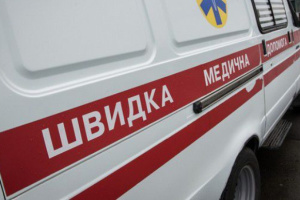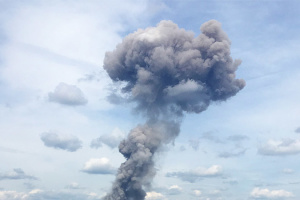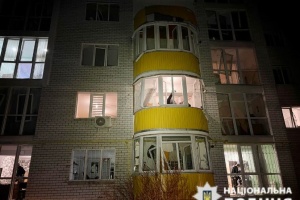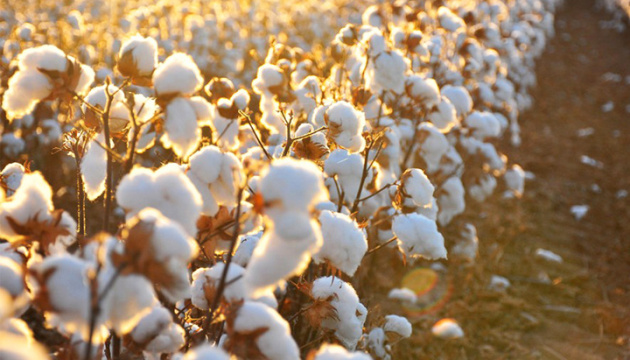
Ukrainian grown cotton for the domestic defense industry
Despite the fact that during the war, Ukraine began to produce many times more military equipment and weaponry, one of the key remaining problems is the lack of a domestic gunpowder industry. Hence the critical dependence on imported supplies. And it is not easy to ensure regular supplies in conditions where demand, provoked by the Russo-Ukrainian war, is surging all over the world. Therefore, it is time to think seriously about the setting up of self-sufficient production of gunpowder, starting with the cultivation of the necessary raw material - cotton. This is a matter that should be addressed with urgency. After all, our enemy has preserved its gunpowder industry which is growing production day by day. And the Russian Federation, while preparing for the war, made sure the supply of the critical raw material needed for gunpowder production, the cotton pulp, be smooth and uninterrupted.
SETTING UP GUNPOWDER PRODUCTION: STRATEGIC VISION AND INITIAL STEPS
The lack of domestically grown raw materials is just one of the reasons why Ukraine, as of the end of 2023, the tenth year into Russia’s war, does not have domestic gunpower industry of its own. Our military industry is therefore critically dependent on foreign supplies. Roman Kostenko, Secretary of the Verkhovna Rada Committee on National Security and Intelligence, emphasized in a recent interview with Ukrinform: "We need to produce gunpowder domestically, and an appropriate state policy should be in place."
According to Kostenko, Ukraine will need to build high-tech enterprises that will manufacture components for the production of gunpowder, as well as a plant to mix these components together. Of course, setting up this production process is not an easy task, and even less so where there is a persistent threat of missile attacks by the enemy. It also requires time, an access to technology, and significant investment. "But we have no other option... Investments in this area are what is needed most, and we will increase them," President Volodymyr Zelensky emphasized while speaking at a meeting with defense industry executives.
In view of security issues, Ukraine will need, first of all, to establish a process for primary processing of cotton - fiber separation, sorting, etc. "Even a small nitrocellulose factory needs at least 10-20 million euros in investment. And if we start building it, the probability is high that the enemy, unfortunately, will find out about it very soon, so they will try to destroy it. Therefore, I think it is better to cooperate with our neighbors in the production of nitrocellulose and gunpowder - including by establishing our production lines in those countries, and especially so because raw materials grown in southern Ukraine can be easily transported to Bulgaria or Romania via the Danube," explained Stepan Chernyavskyi, Deputy Chair of the Verkhovna Rada Committee on Agrarian and Land Policy, in a comment to Ukrinform.
But regardless of whether explosive components and ready-made gunpowder will be manufactured within the country or elsewhere under Ukrainian contracts, it is precisely thanks to the use of own produced raw materials that Ukraine will be able to reduce significantly the cost of the ammunition it purchases or manufactures to fight against the aggressor. After all, the war unleashed by the Russian Federation stirred up the demand for weaponry and ammunition all over the world. For example, the cost of a 152-millimeter projectile increased from pre-war $1,800 to €2,500-€3,000. That being said, the price for all the components used in the production of ammunition has increased as well, especially for gunpowder, an important component of which is nitrocellulose, a product of raw cotton processing. At the same time, European manufacturers of ammunition, which receive nitrocellulose mainly from China, complain about the impossibility of expanding and increasing production, despite a huge number of orders, and all the more so as the PRC is permanently increasing its domestic ammunition production capacity. Russia, for its part, has almost monopoly access to raw materials grown and processed primarily in Kazakhstan and Uzbekistan – the countries that are among the world’s top twenty exporters of raw cotton (the latter is among the top ten exporters of cotton).
Therefore Ukraine, in order to be able to minimize dependence on world markets in this area of defense production, will have to create a closed national gunpowder production cycle - growing cotton, processing it into cotton cellulose, then converting it into nitrocellulose and mixing with a plasticizer (solvent) and other compounds and that's it; gunpowder will be ready to be used as appropriate.
With a domestic cotton growing capacity in place, Ukraine's defense industry will be able to reduce the cost of the finished product and prevent interruptions in the supply of imported raw materials. In addition, experts say, it can be beneficial for our farming companies doing business in arid regions and in conditions of limited irrigation. After all, cotton is an undemanding crop in terms of water requirements.
WHAT CAN MAKE UKRAINIAN COTTON INDUSTRY A SUCCESS
Before the Great War, cotton was grown in Ukraine only for scientific research purposes and on a few hectares. In the year the war broke out, the experimental fields were expanded in order to saw more of this crop for next year's harvest (cotton cultivation requires plowing in the fall and loosening in the spring).
According to calculations made by authors of the Law on "Amendments to Specific Laws of Ukraine Regarding the Diversification of Cotton Varieties in Ukraine", adopted in April, the country will have soon to expand its cultivated areas for this crop to up to 30,000 hectares in order to meet the minimum need for the raw materials used in defense production (10,000 tons per year).
Provided that this year's experiment is a success, this is not such a difficult task. After all, in the years 1920–1950, cotton was grown en masse in southern Ukrainian regions. In some years, the sown area reached 220,000-240,000 hectares. During 1954-1959, cotton was gradually removed from the crop rotation by farms in southern Ukraine. The reason was the excessively high cost of the grown produce compared to farms in Soviet Central Asia, where the yield was 3-5 times higher.
"Indeed, in many southern areas of Odesa Oblast there have been developed more favorable conditions for growing this crop than they were a few decades ago. This was found out by domestic researchers, as well as researchers from Turkey and the USA, with whom we consulted. On April 2, a seminar was held in Odesa, attended by members of our scientific research institutions, the relevant ministry and all interested public organizations, during which issues related to the resumption of cotton growing in southern Ukraine were discussed in detail. After Odesa Oblast, this crop, as noted, will begin to be grown in Kherson Oblast, followed by Mykolaiv Oblast," Anna Matviyiv, head of the plant and seed protection committee at the Ukrainian Club of Agrarian Businesses, told Ukrinform in a comment.
According to the expert, one of the important steps towards the revival of a cotton growing industry in Ukraine was the adoption of the aforementioned industry-specific law, which stipulates that during the martial law, simplified procedures will be applied when certifying and registering imported cotton varieties, including genetically modified ones. Previously, state certification and registration of non-modified cotton varieties took two to three years, while GMO cottons were off-limit to state certification and registration altogether. Therefore, at the beginning of the year, the State Register of Plant Varieties Suitable for Distribution in Ukraine contained data on as few as three varieties of cotton. We hope that by the fall, when the soil will begin to be prepared for sowing future industrial crops, much more of cotton varieties will be included on the Register. So the farmers will not face a seed shortage in the spring of 2025. Especially because the international companies such as BAER, BASF, May Agro Tukhum Suluk, and Corteva Agriscence have committed to provide us with seeds and already did so for sowing experimental plots this year.
According to Stepan Chernyavskyi, who was among the legislators who co-authored amendments to the aforementioned law, the legislation was rushed to be adopted this spring so that to have time to bring to Ukraine the seeds of promising varieties that are currently grown elsewhere in the world.
"I am sure that it is not only about the strategic goal of maintaining the country’s ability to defend itself, but also about the need to give an additional momentum to the development of the economic potential of Ukraine’s southern regions. First of all, this about the southern regions of Bessarabia, because cotton requires appropriate temperature regimes: for example, during the growing season, the temperature must exceed 25 degrees Celsius during at least 15 days. In principle, the climate in our southern regions meets this requirement, and even exceeds it. I am therefore convinced that the results will be favorable to us," said Chernyavskyi.
Mrs Matviyiv, for her part, has said that seeds of several new cotton varieties, which were sown on experimental plots in the Odesa Oblast, have already been brought to Ukraine. We are talking about varieties that are certified and registered in the European Union.
"The research takes place both on non-irrigated and rained fields. Now we will be able to compare the return of the fields and the yield on the irrigated acreage," she added.
It is important that, in addition to imported seeds, which are provided to us free of charge for the time being (but over time, farm businesses will, of course, have to buy them at their own expense), Ukraine also has two of its own modern early maturing varieties, named Pidozerskyi 4 for non-irrigated soils and Dniprovskyi 5 for irrigated fields. Their ripening period is shorter by 5-10 days compared to the early maturing Bulgarian counterpart named Beli Izvor. This is important in view that Ukraine has fewer sunny days and lower temperatures compared to Bulgaria or, say, Turkey, which takes lead in cotton growing in our region.
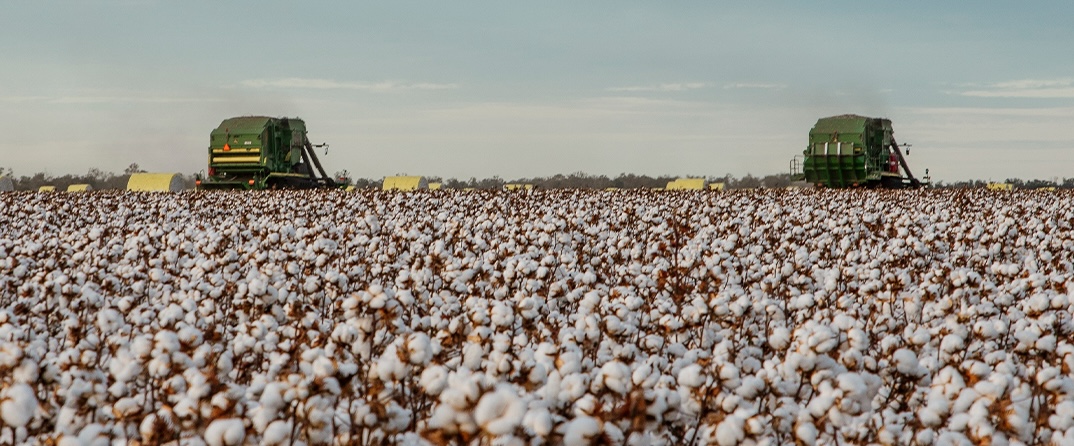
According to Anna Matviyiv, the yield of zoned varieties on irrigated plots, as found out by previous research studies, sometimes reached 30 hundred-weights per hectare.
“Indeed, this yield is lower compared to countries with subtropical to tropical climate. But, taking into account the situation in which our country has found itself, experts share a view that this crop needs to be grown in Ukraine. I think that already this year, when cotton acreages have been expanded a little bit, and seeds of other varieties have been used, we will record the yield, and then it will be possible to draw conclusions as to how to improve growing conditions and technologies so that the yield is higher," says the expert.
So, despite the lack of cotton in the crop rotation by agricultural producers in Ukraine, our researchers never ceased their research efforts pursued in the Odesa and Kherson Oblasts, where this crop was continuously sown on experimental fields, and worked on breeding own varieties. The research has been carried out by the National Academy of Sciences’ Institute of Irrigated Agriculture, the Cotton Research Station in the Kherson Oblast, the Scientific Research Institute of Cotton, the Melon Growing Research Station, and scientific research stations in Henichesk, Skadovsk, and Bryliv. And almost everywhere researchers have come to the conclusion: under the current conditions, the cultivation of this crop can be effective.
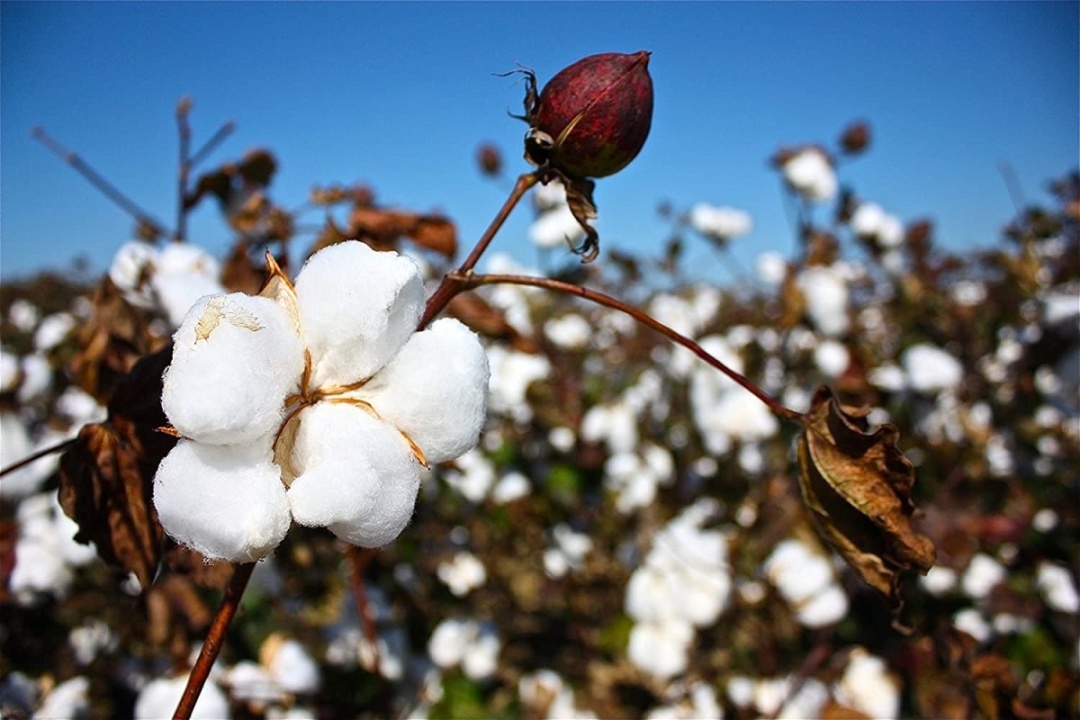
"According to the results of a research project being pursued by the Institute of Climate-oriented Agriculture for 39 years, the growing of cotton was 85-90% efficient on non-irrigated fields (on average between productive and less productive years, - ed.), and 90-93% on irrigated fields. At the same time, cotton production was generally profitable for producers. The yield of raw cotton on dry land amounts to approximately 1.8 tons per hectare, and with irrigation it reached 2.7 tons per hectare," said Vera Borovyk, a senior researcher at the National Academy of Sciences’ Institute of Climate-oriented Agriculture.
Experts believe that even with this level of productivity (which is 2-2.5 times higher in Turkey), growing cotton in the south of Ukraine can be profitable if the government creates favorable conditions for agricultural producers. After all, prices for raw cotton start at $700 per ton and, judging by the situation on world markets, tend to grow further.
WHAT WILL MAKE GROWING COTTON PROFITABLE FOR UKRAINIAN FARM BUSINESSES
Of course, for the time being, there is no question of farm companies earning additional income from cotton growing. After all, this year, according to Mr Chernyavskyi, only 5-7 hectares were sown with this crop in Ukraine. In a week or two, the first seedlings will sprout on experimental plots.
"It will be interesting, because cotton can really become a "revolutionary" crop that will greatly contribute not only to the agricultural, but also to the industrial development of this region. Because we are talking about raw materials that are needed by many industries. This is not only the defense industry, but the pharmaceutical, chemical and food industries as well," the legislator says.
In general, experts say that growing cotton is an almost waste-free production. Fiber yield after processing amounts to 37-38%. It is used for the production of textile, paints and other products of the chemical industry, including nitrocellulose, a key component of gunpowder. The seeds are processed into oil with a high protein content, which is used in the food industry and for technical needs. The cake and meal are fed to animals, which can give additional profit to producers.
It is also about profits for related industries.
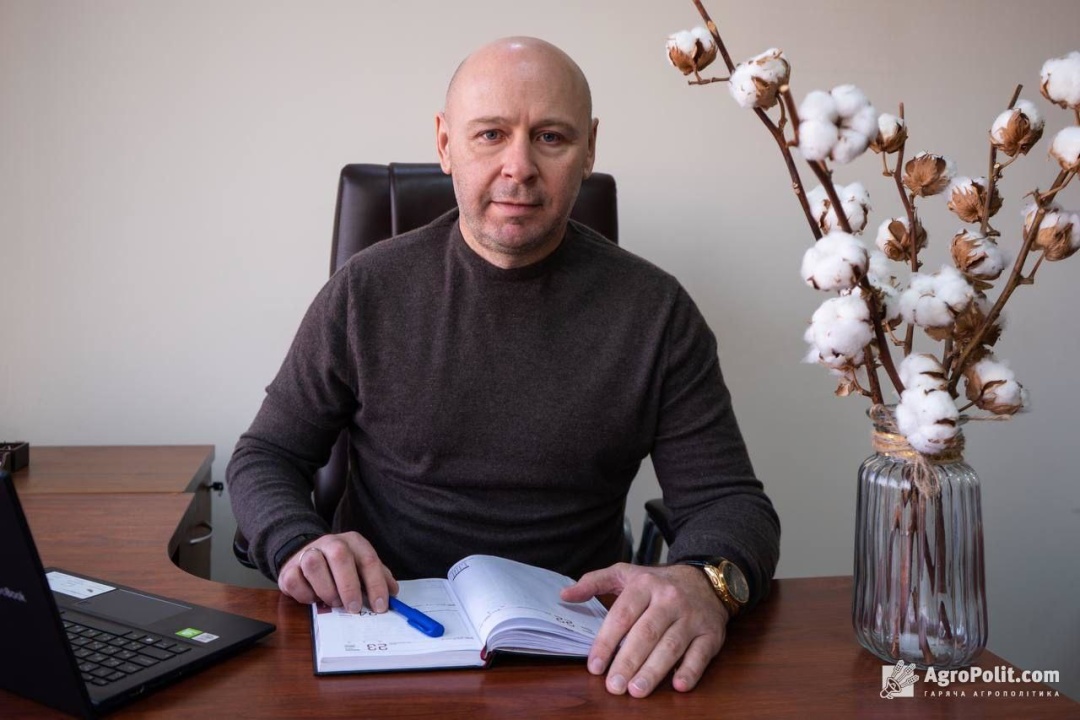
Mr Chernyavskyi said in a comment to Ukrinform that his committee is already discussing the possibility of including cotton growing into programs eligible for government funding. Meanwhile, the Ministry of Agricultural Policy is weighing a possibility to create a cotton growing cluster in Odesa Oblast. Accordingly, a system of state incentives and preferences for business owners and investors will be established. The goal is to prepare at least 30,000 hectares of fields for sowing cotton crop to get a harvest next year. After all, the enterprises run by the Ministry of Strategy and Industry alone need up to 10,000 tons of this raw material every year.
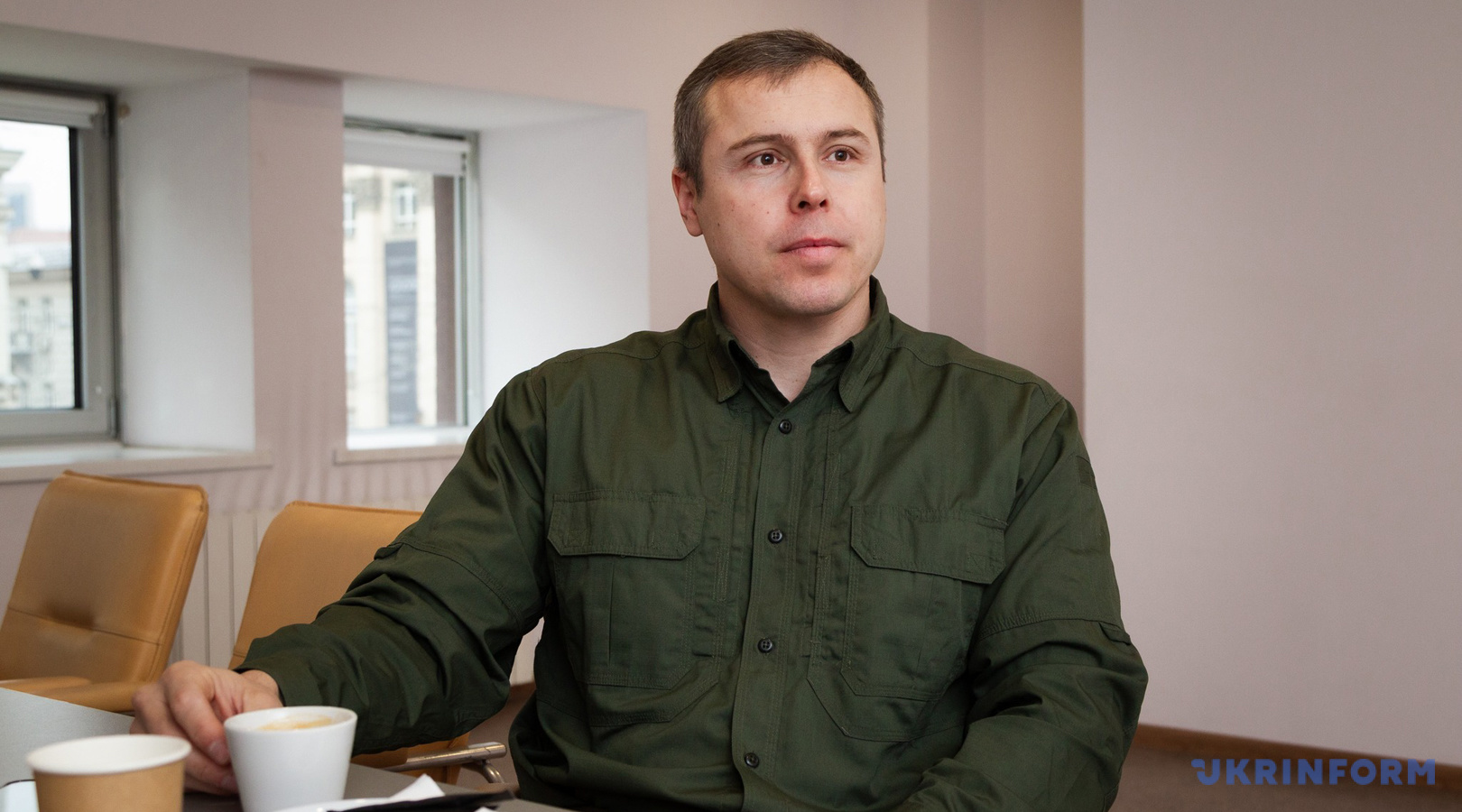
In the future, Anna Matviyiv believes, the target of 30,000 hectares sown with cotton is not the limit. If the crop adapts well and yields good results, farms in southern Ukraine will be actively introducing it into their crop rotation plans. After all, the growing of cotton, among other things, has lesser irrigation requirements compared to other crops.
Indeed, in order for Ukraine to be able to grow cotton not only for the defense industry, but also for other industries such as textile, it will be necessary to encourage farm businesses by getting them involved in government support programs of various kinds, including by taking appropriate measures for risk minimization for those businesses who will choose to engage in cotton growing. It is also about affordable lending for cotton growing businesses," says Mrs Matviyiv.
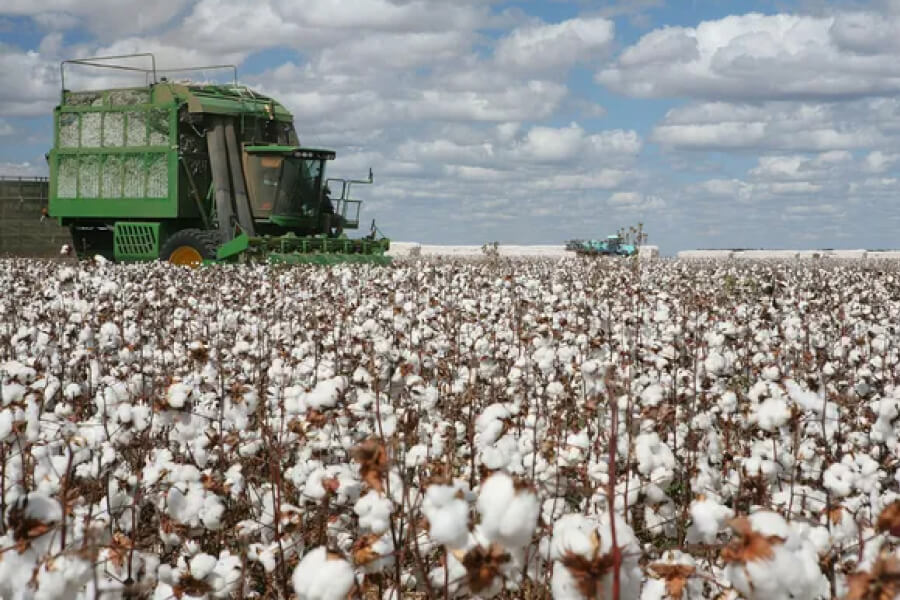
Farmers will need loans, first of all, for the purchase of specialized equipment and seeds. At the same time, Stepan Chernyavskyi says that most of the equipment used in soil preparation and for growing grain and other crops that are already grown in the Ukrainian South is intended for generalized use and so it is suitable also for work on cotton plantations, excepting harvesting. The People's Deputy admits that there may be problems with the shortage of harvesting equipment at the initial stage; it is expensive, and when used on small fields, it will have a long payback period. But even with these difficulties in place, international partners are here, ready to help Ukraine.
"We have reached an agreement in principle with international donors - in particular, USAID – to set up financing programs that would enable Ukrainian farm businesses to purchase such equipment. That’s because we need modern harvesters, primarily in order to avoid the use of manual labor, and, secondly, to ensure a high speed of harvesting and minimal loss of the yield during harvesting. Donors will provide grants and compensate for the cost of the harvesters purchased. There have been preliminary agreements reached already, but the program is not yet ready -- preparation in still in progress,” said Chernyavskyi.
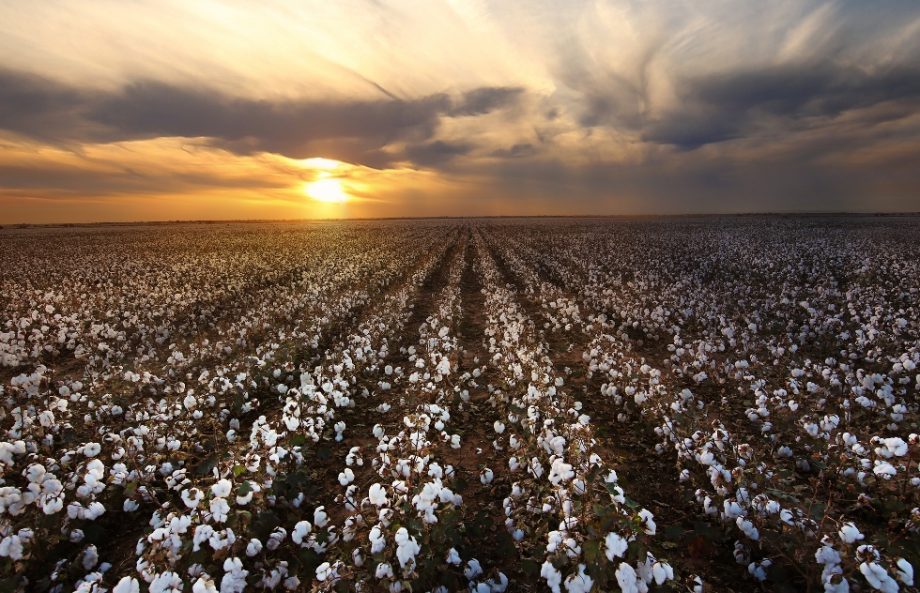
Preliminary calculations suggest that one cotton growing business will be eligible for 50,000 to 100,000 euros in funding under this program.
Other costs, including fertilizers and crop protection chemicals, will not exceed those involved with growing cereals, but the profit for farmers will be greater. Experts estimate that farmers can yield a profit of 700-1,000 USD from each hectare sown with cotton.
"I do hope that the validity of these calculations will be confirmed, and southern Ukraine is facing economic growth," Stepan Chernyavskyi said in conclusion.
Vladyslav Obukh, Kyiv
Headline photo: Depositphotos



